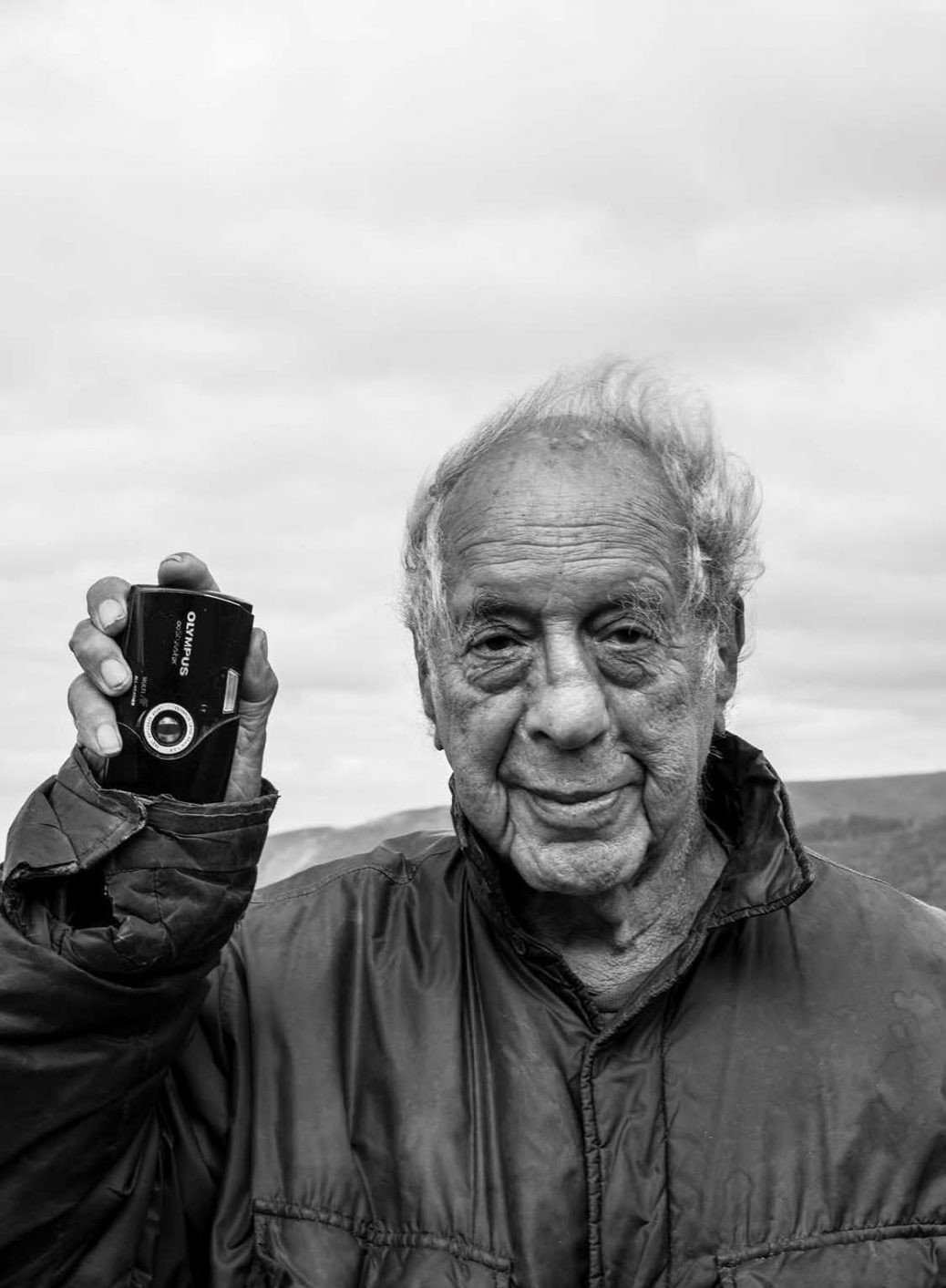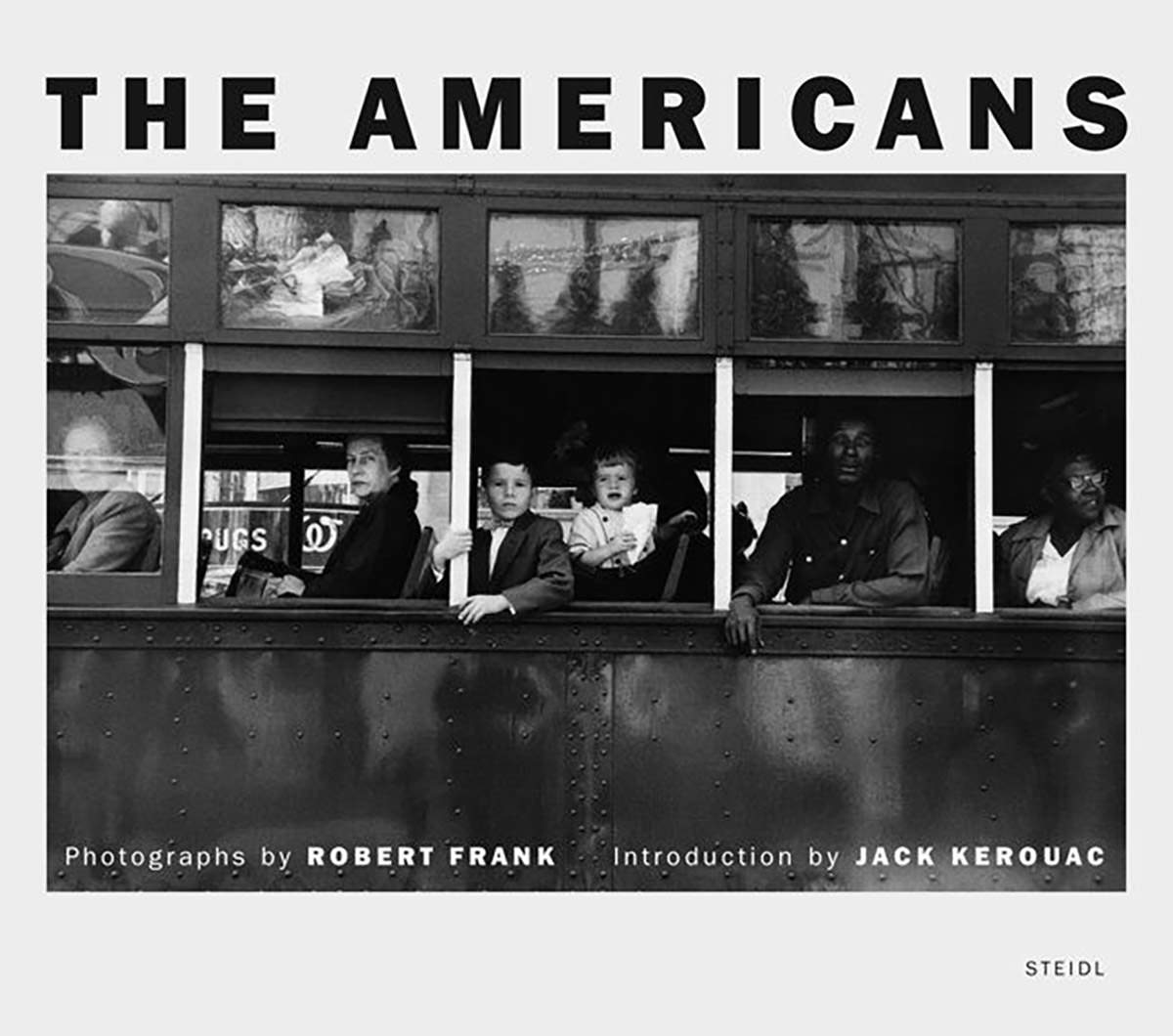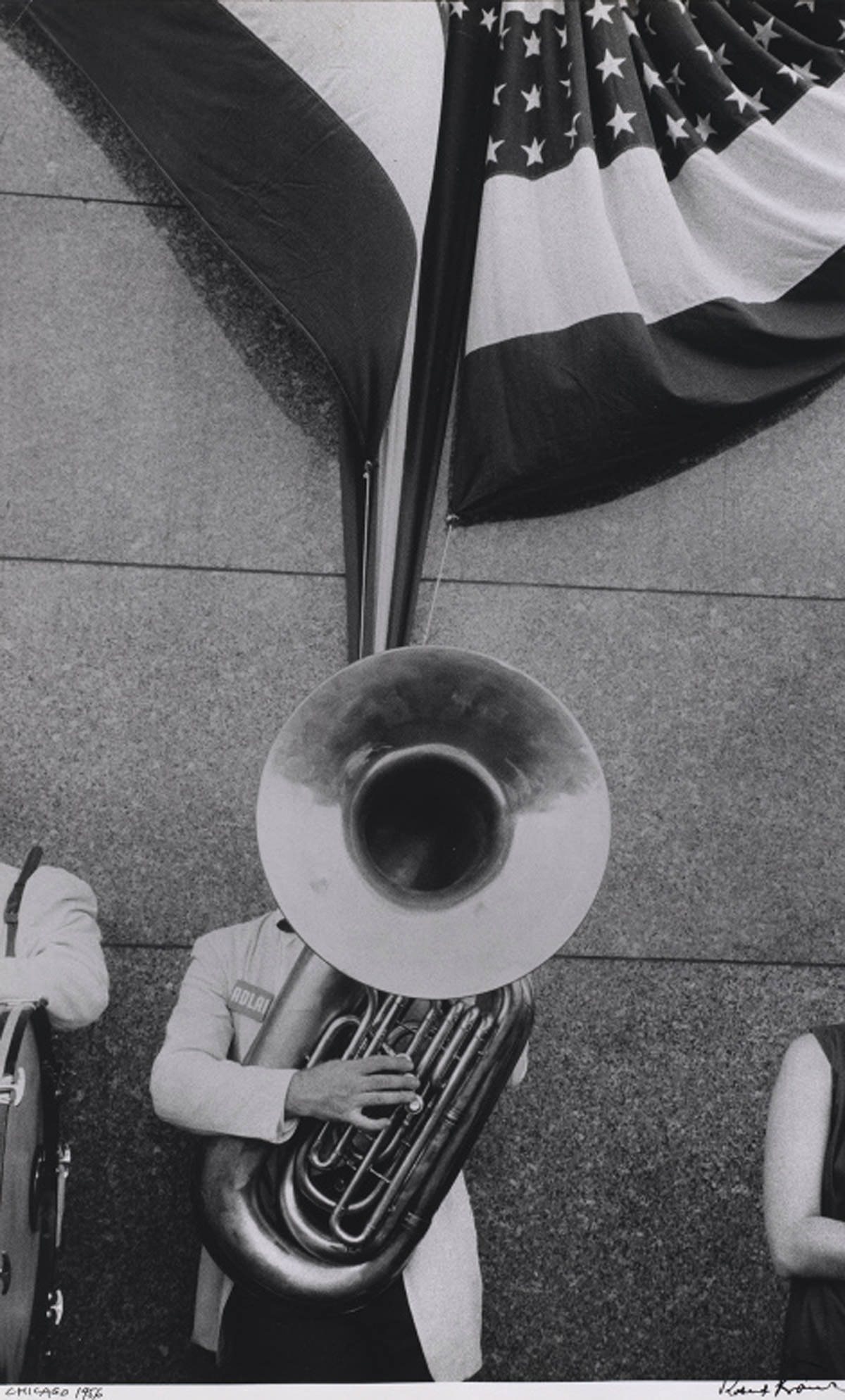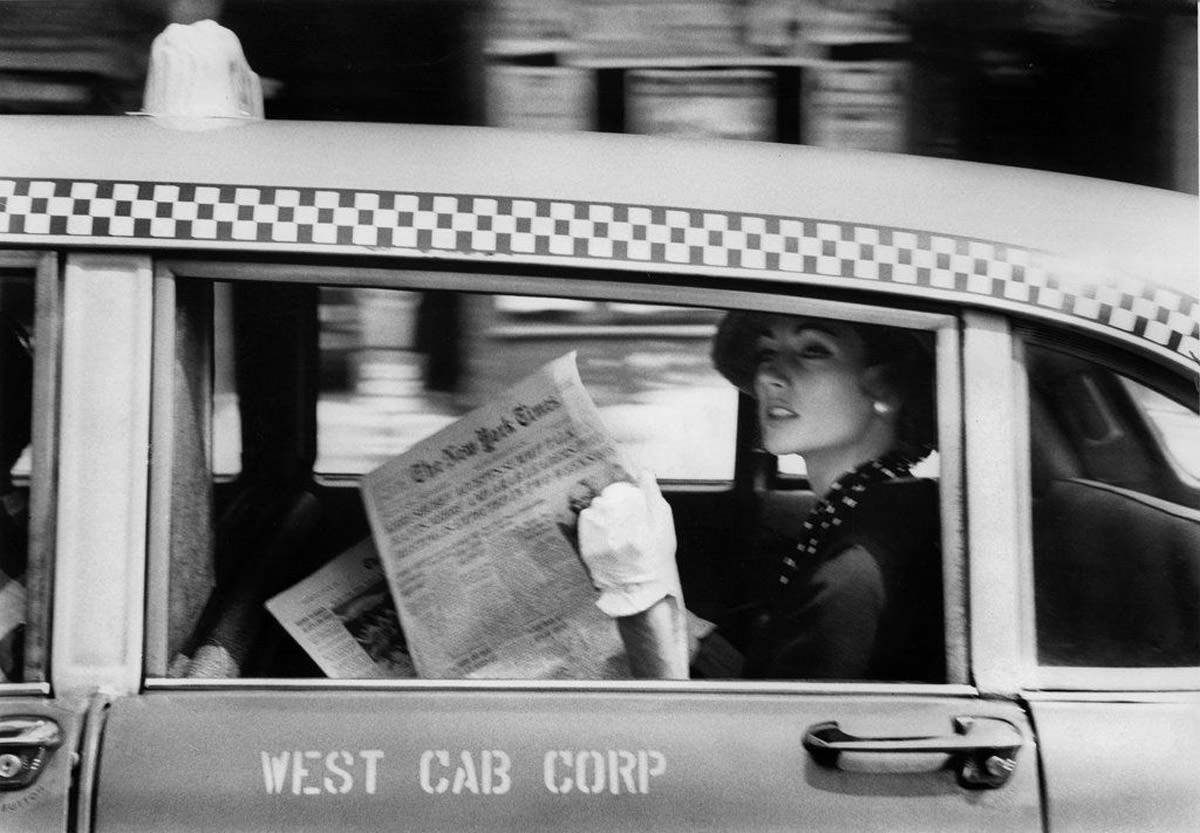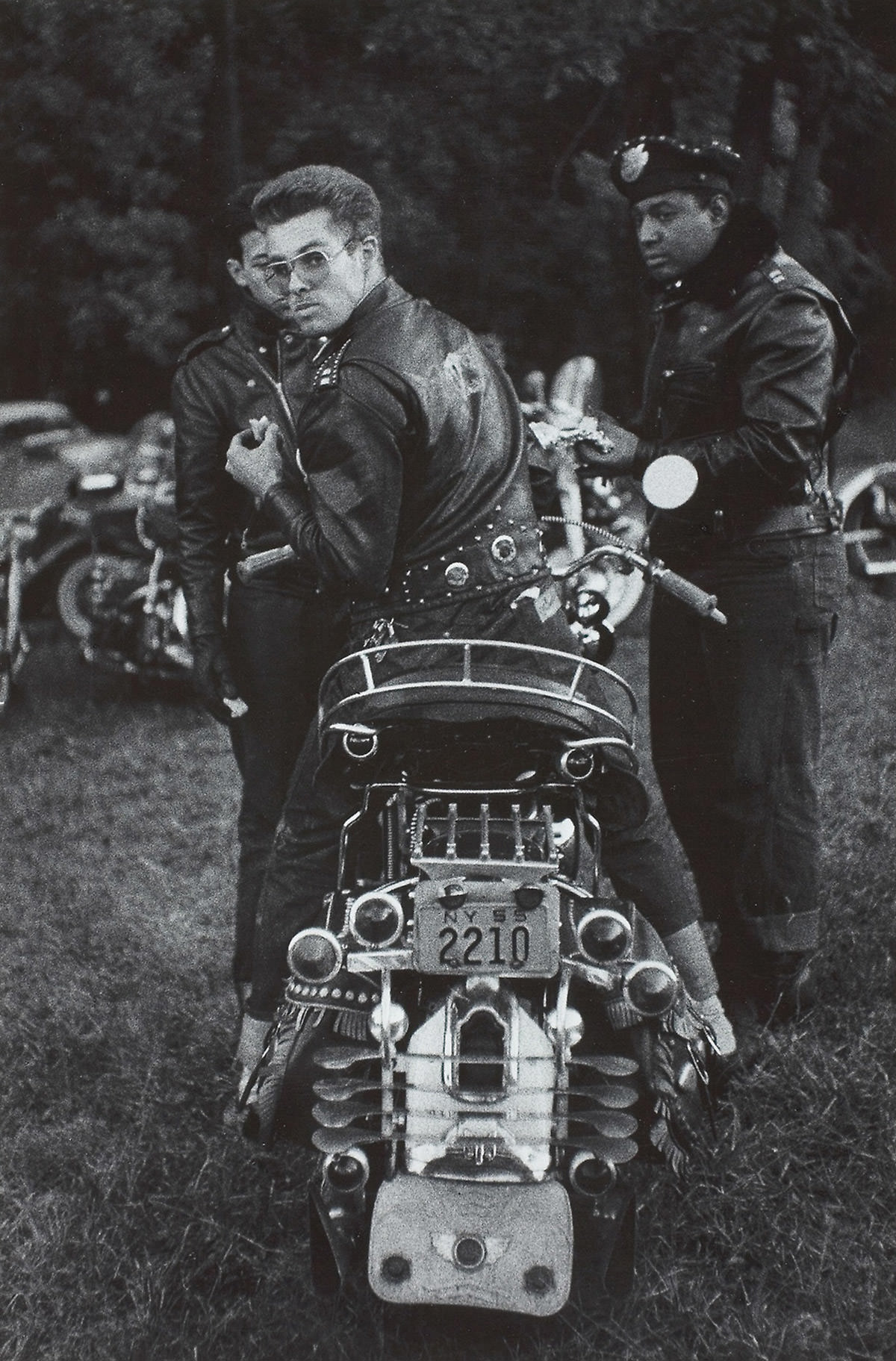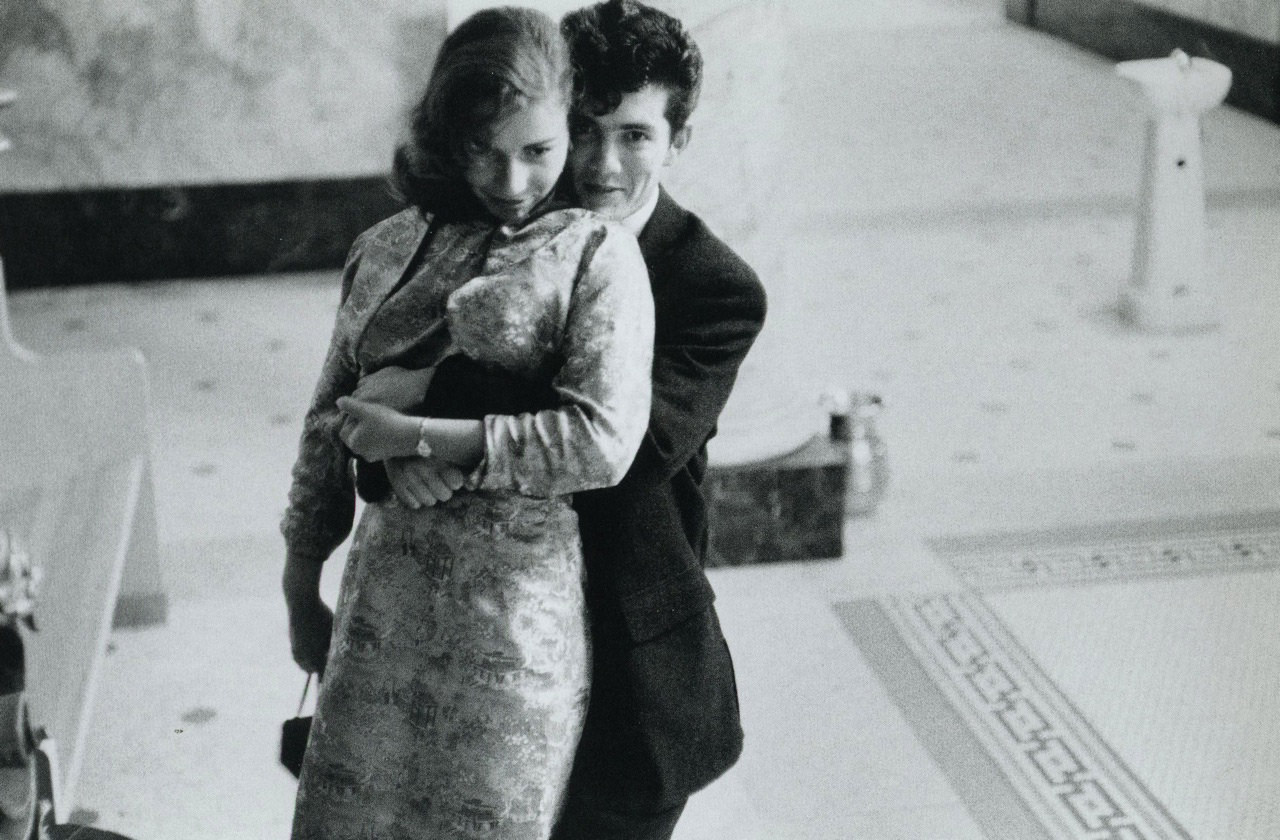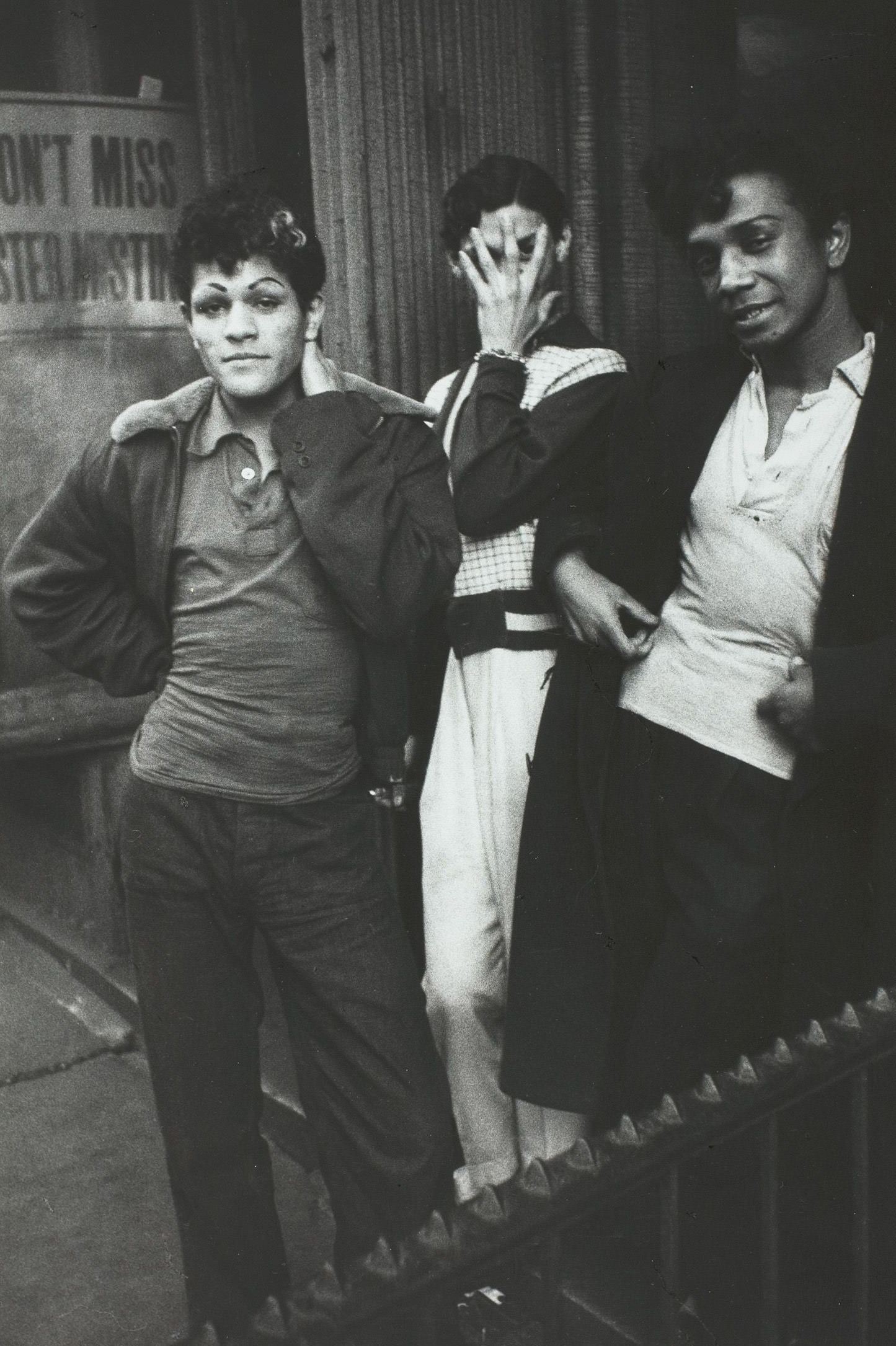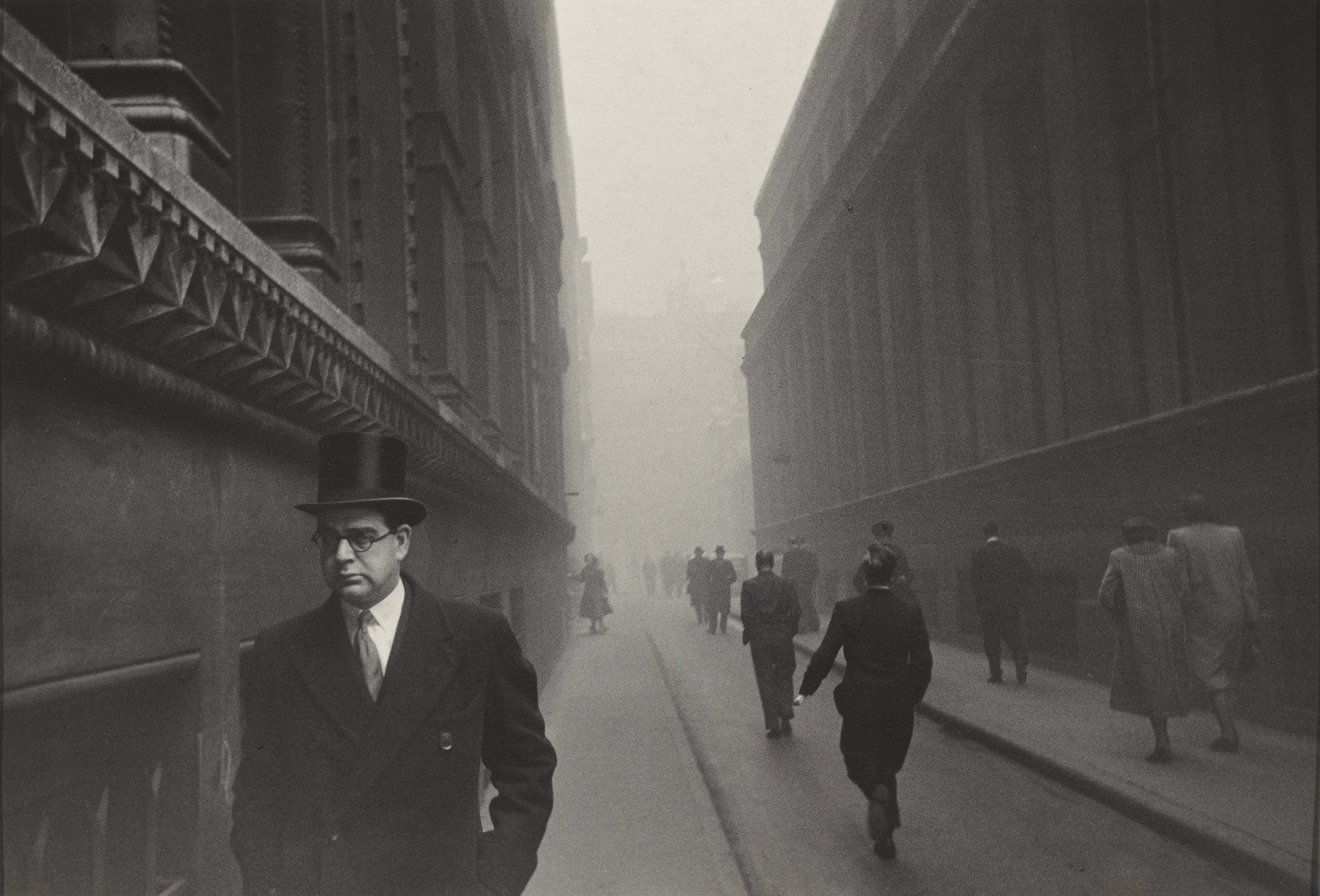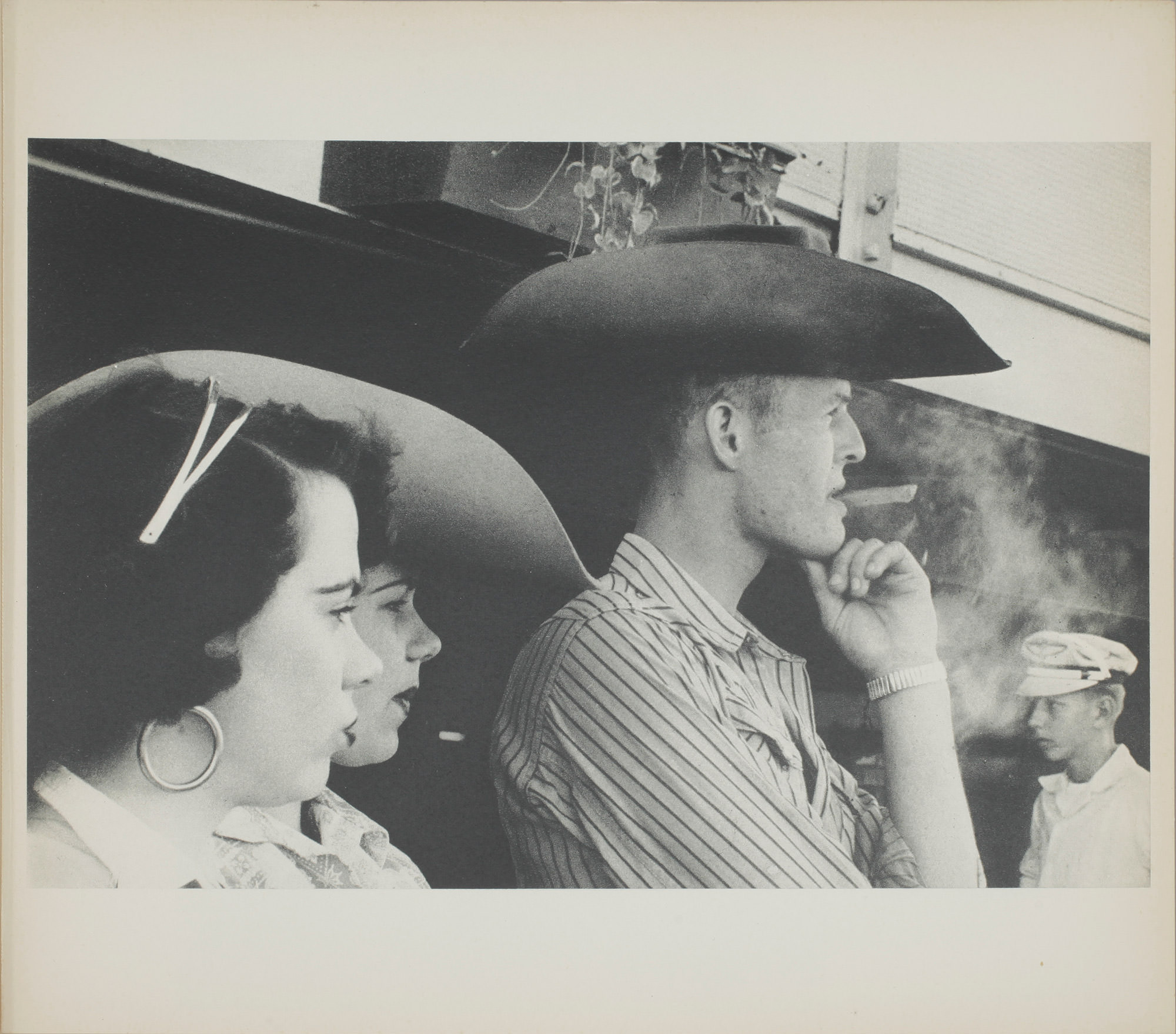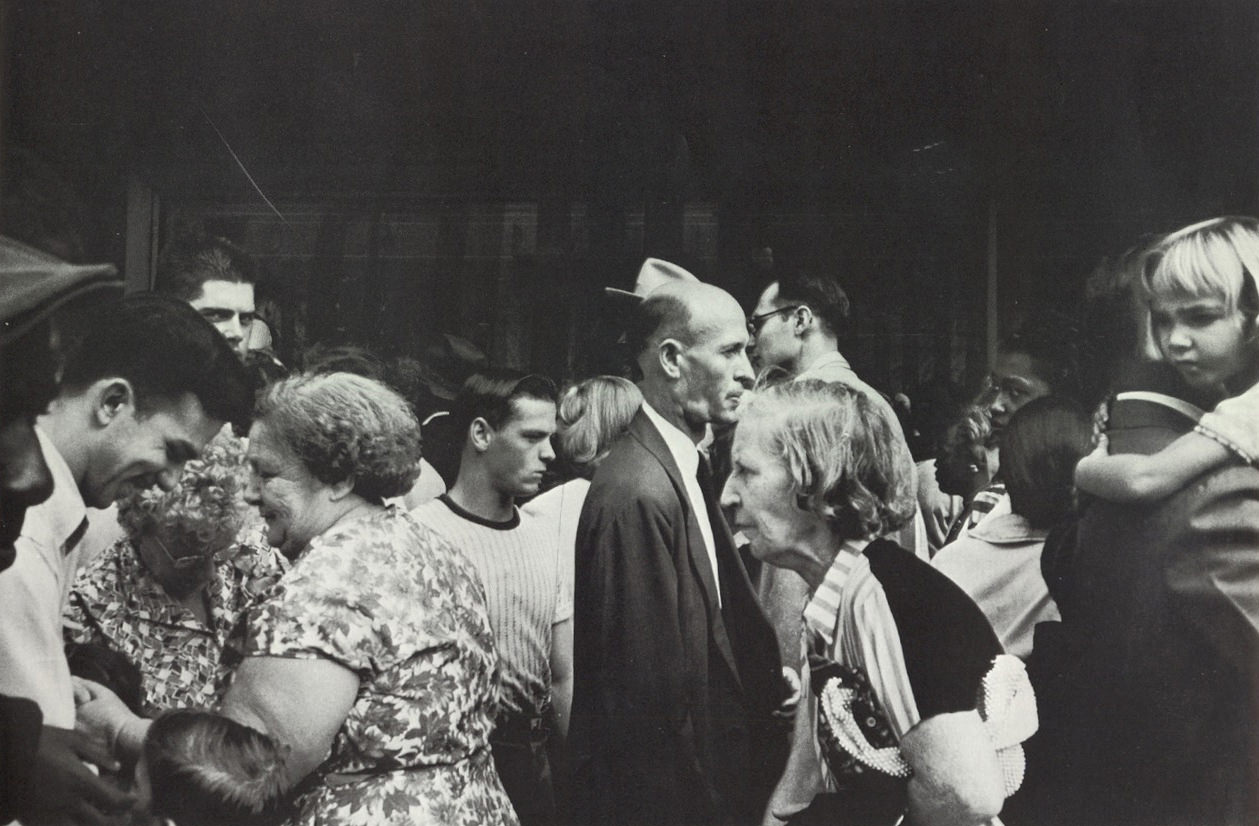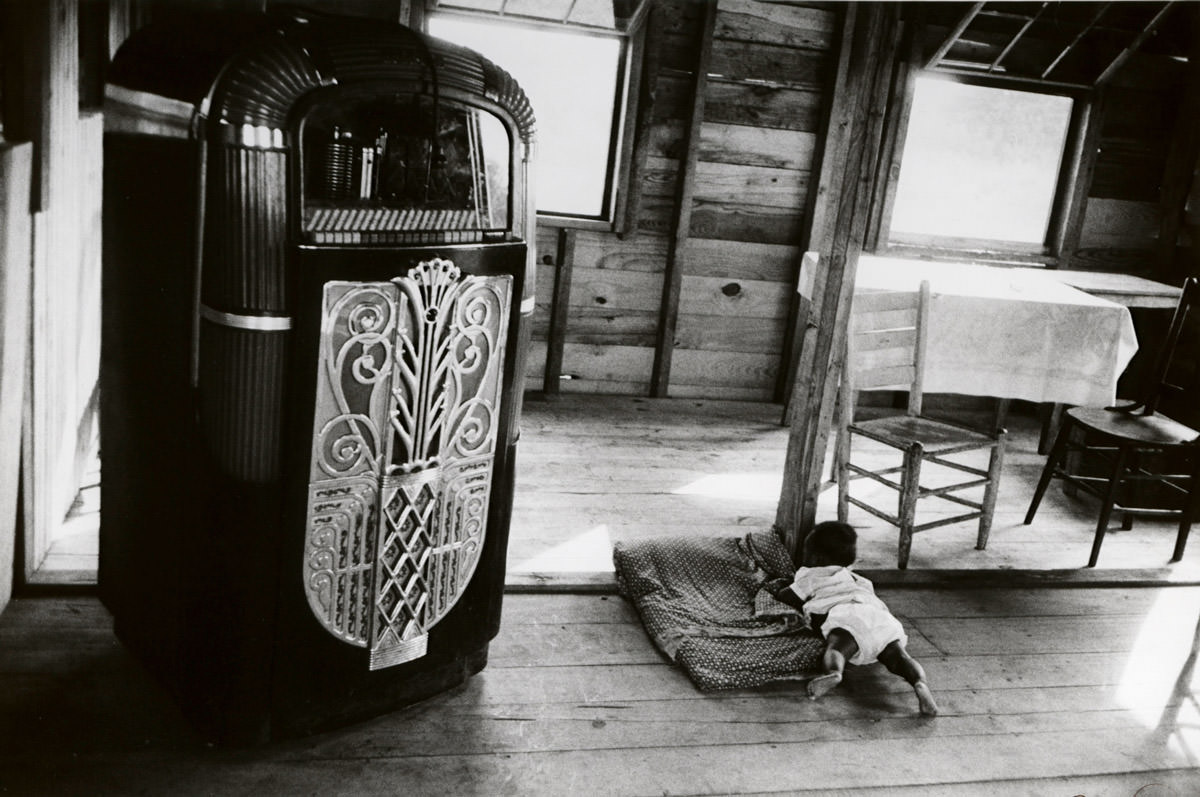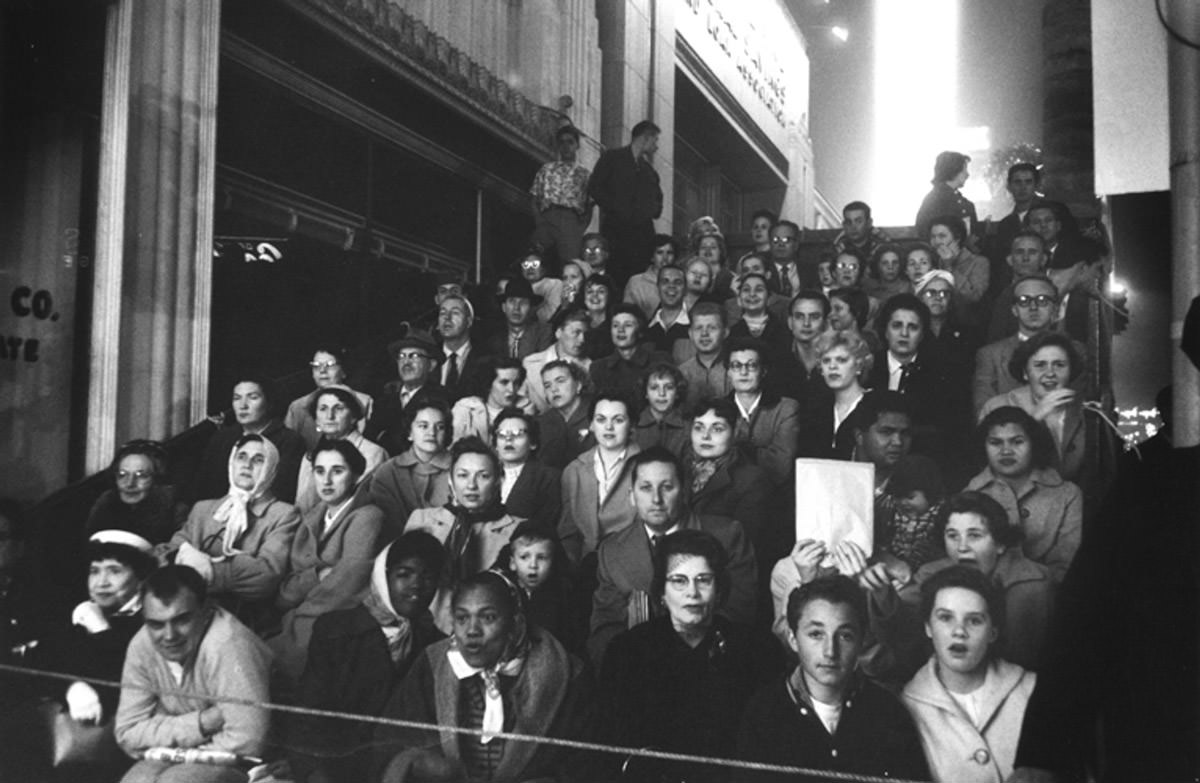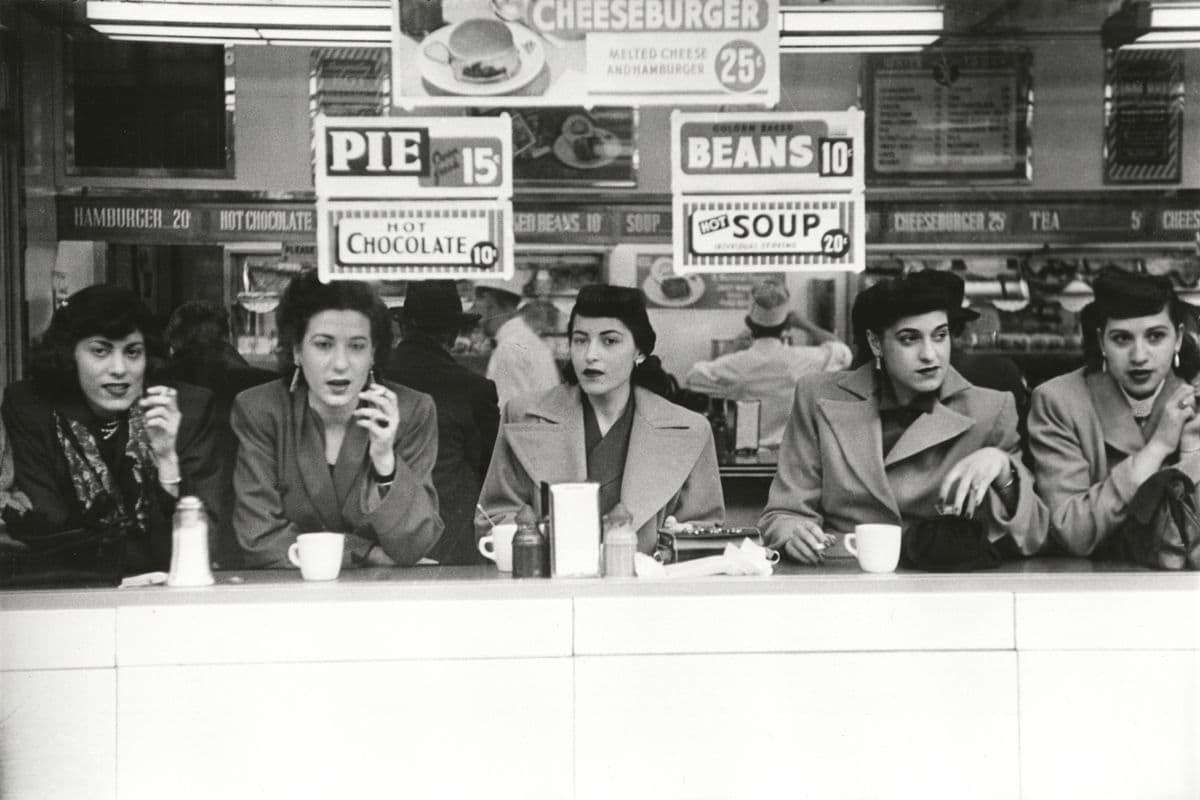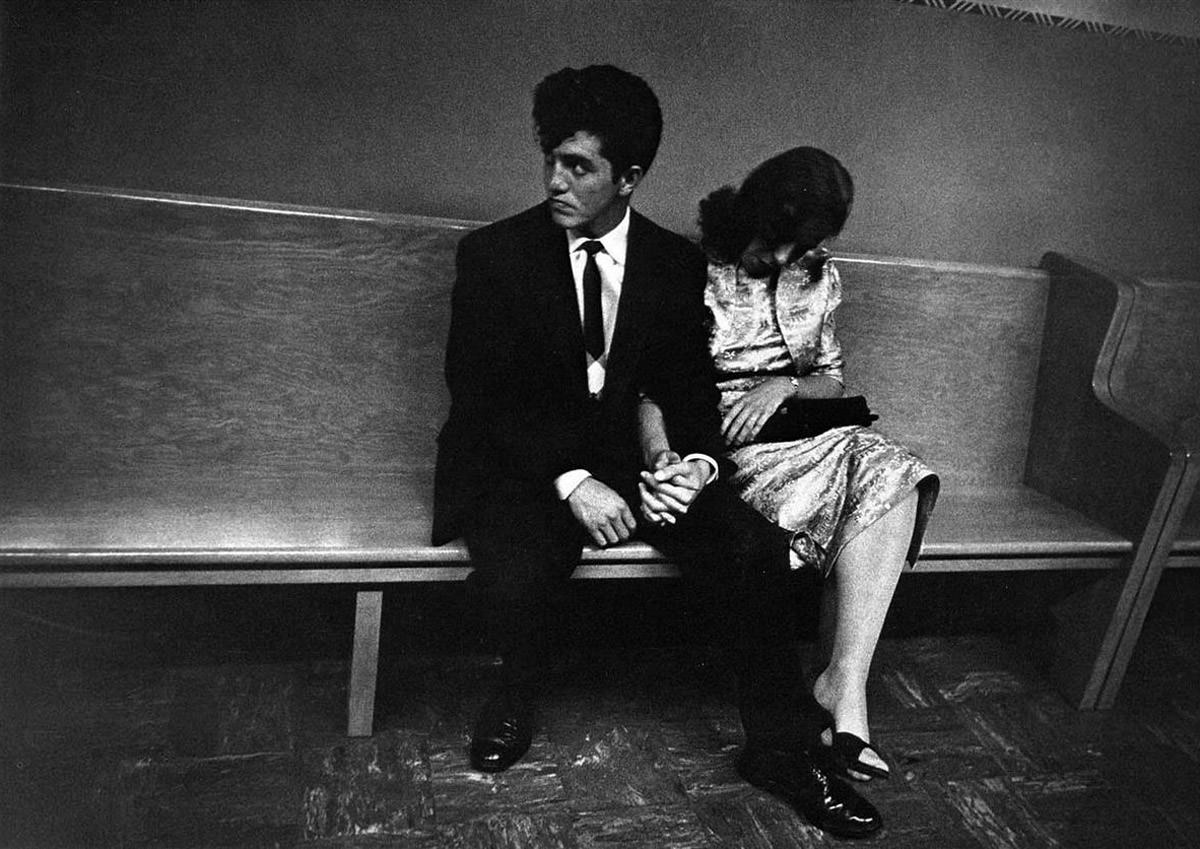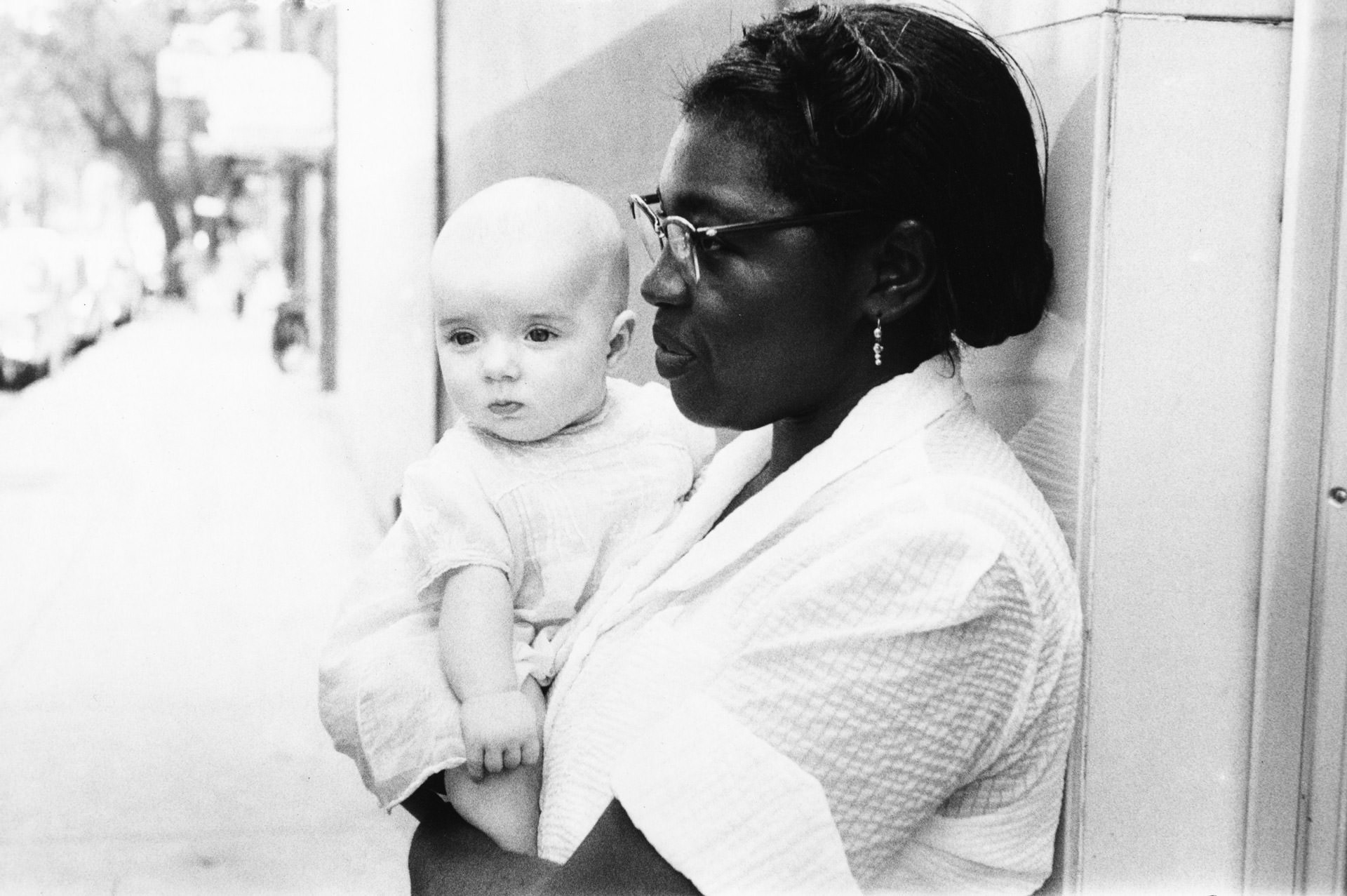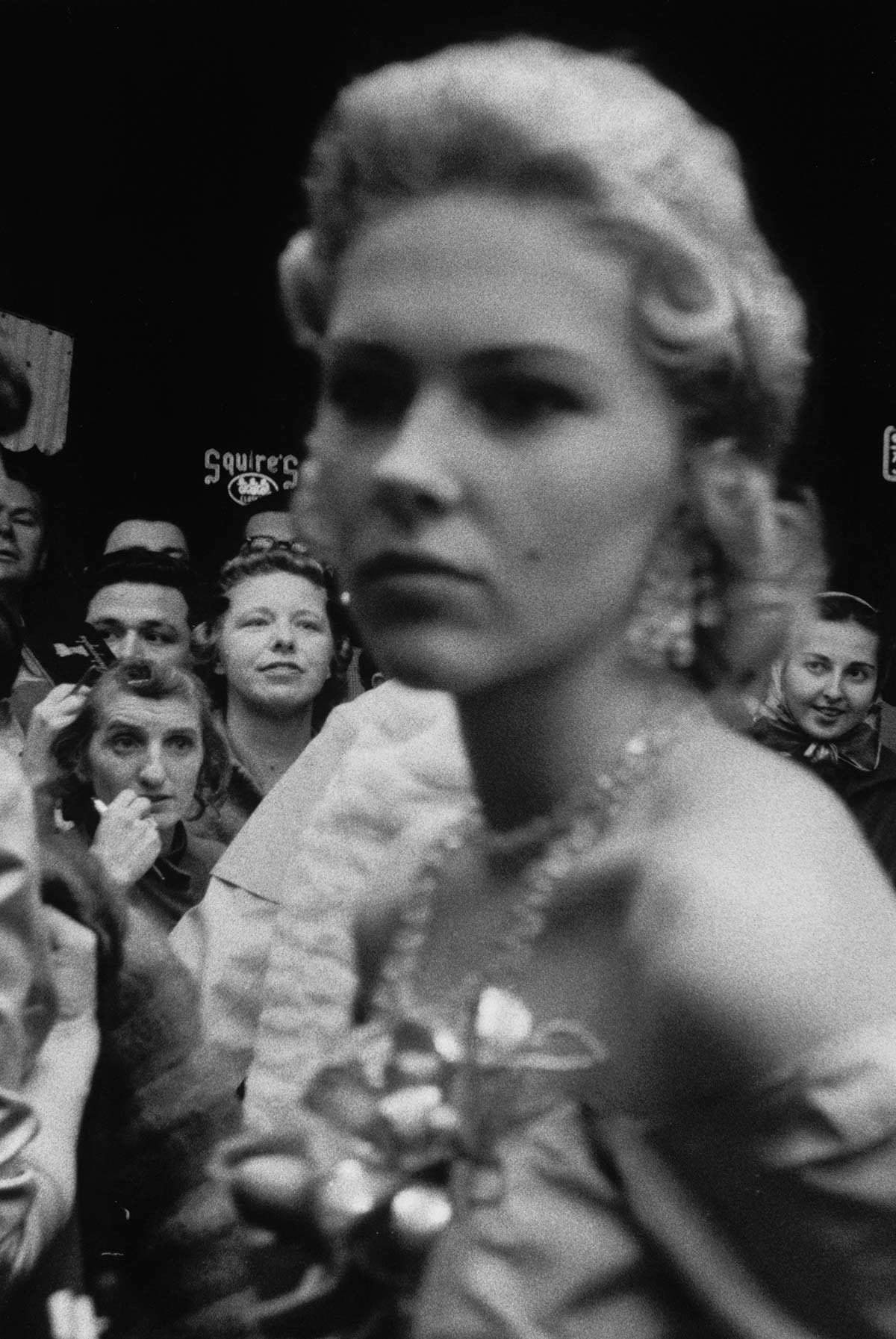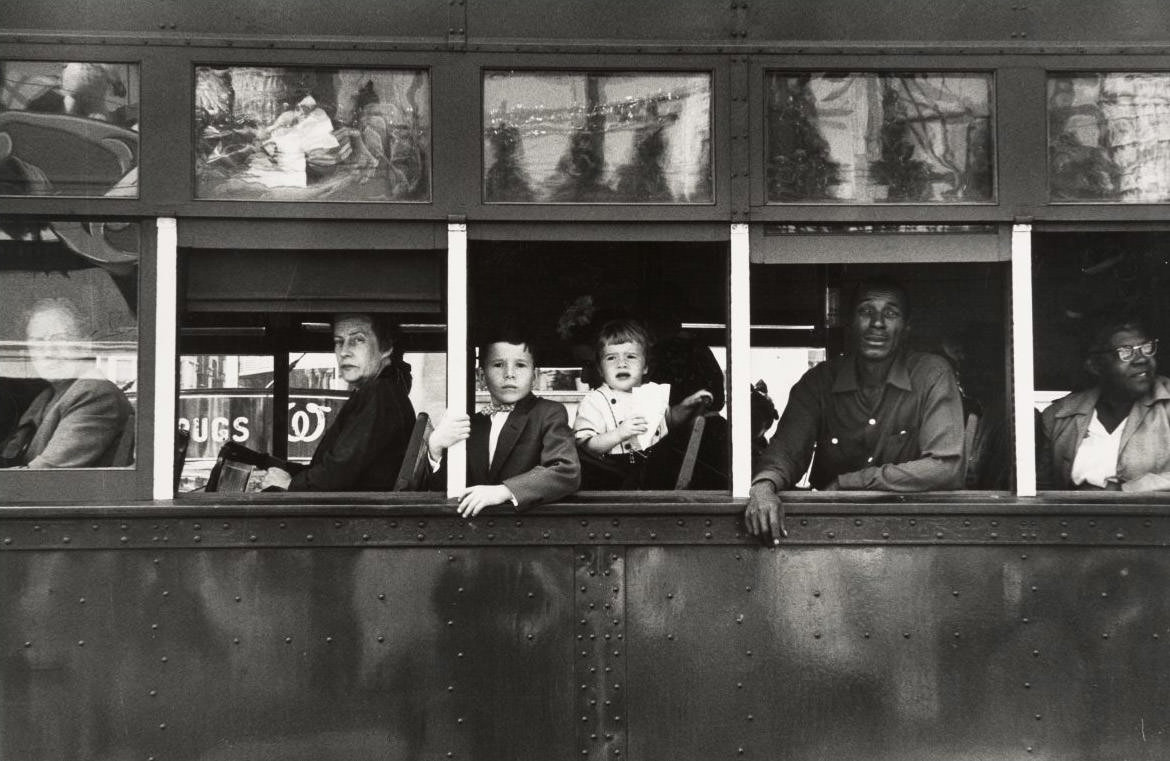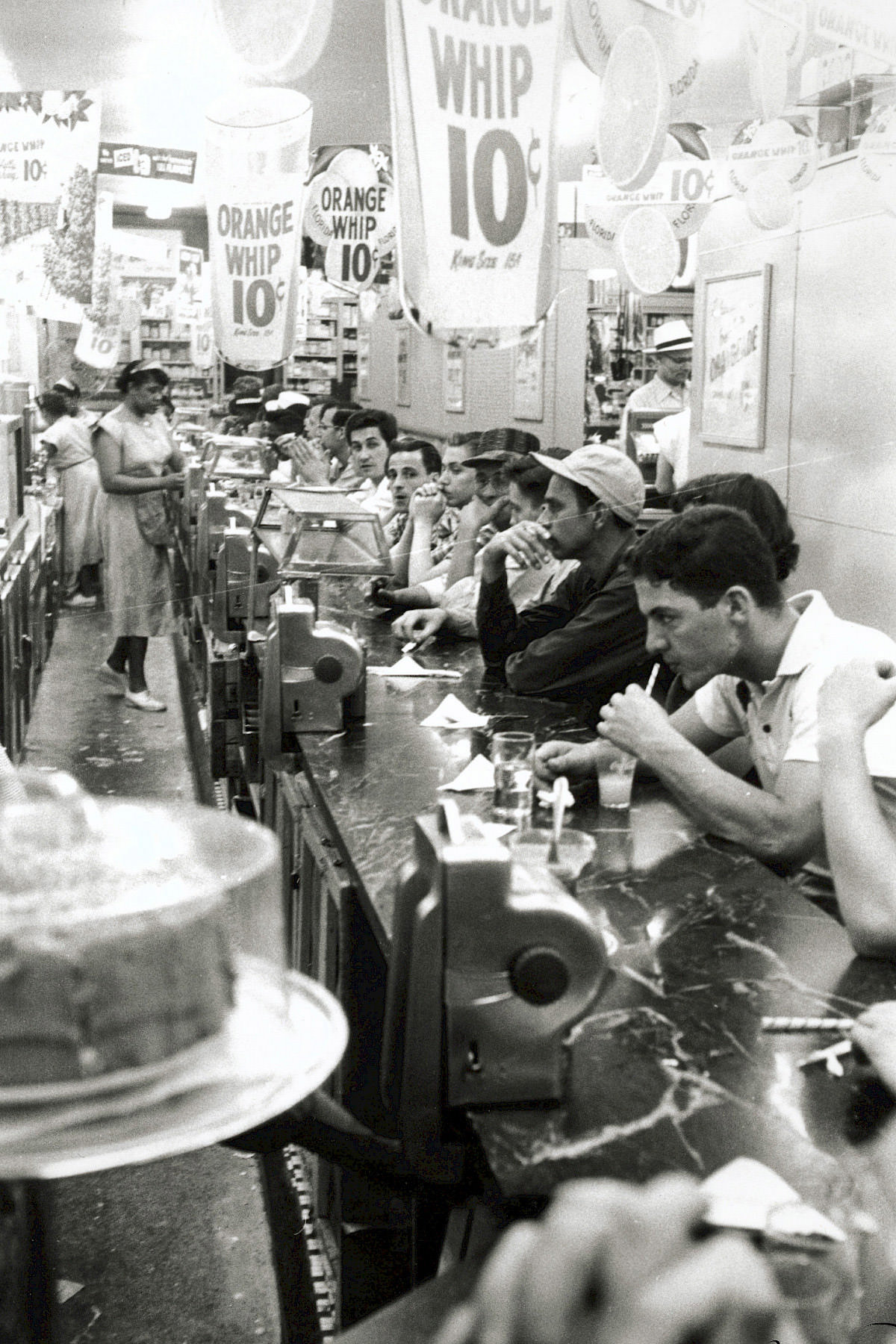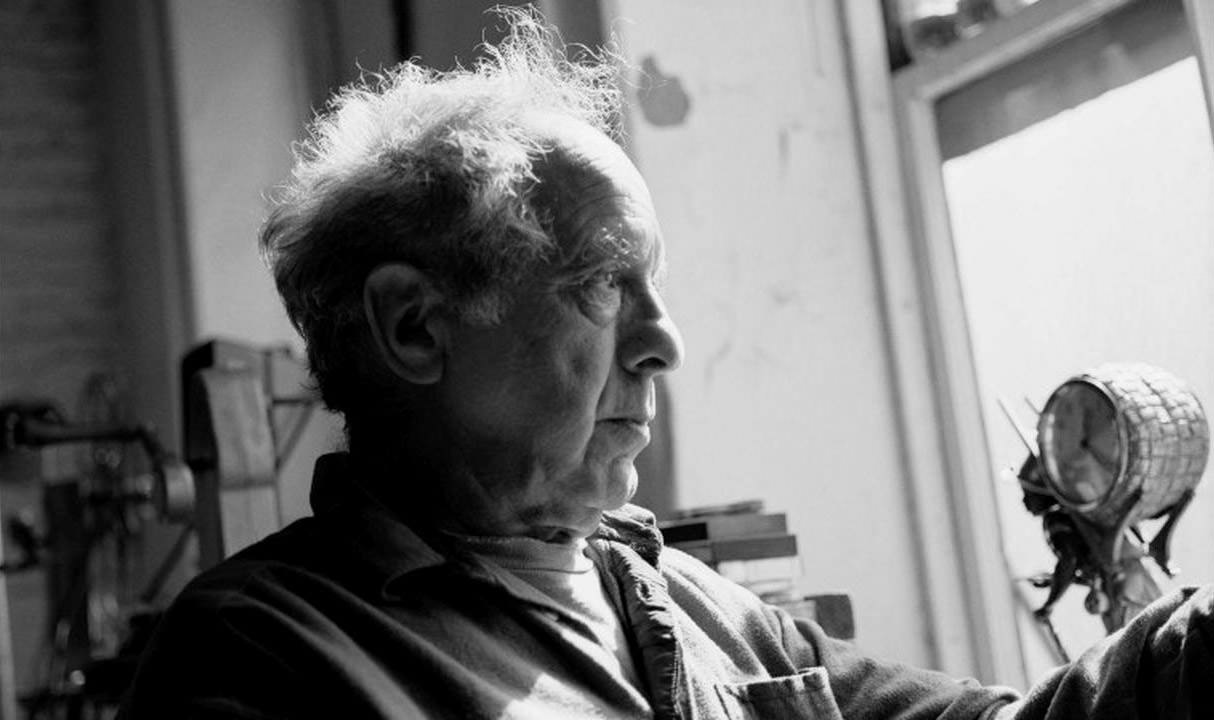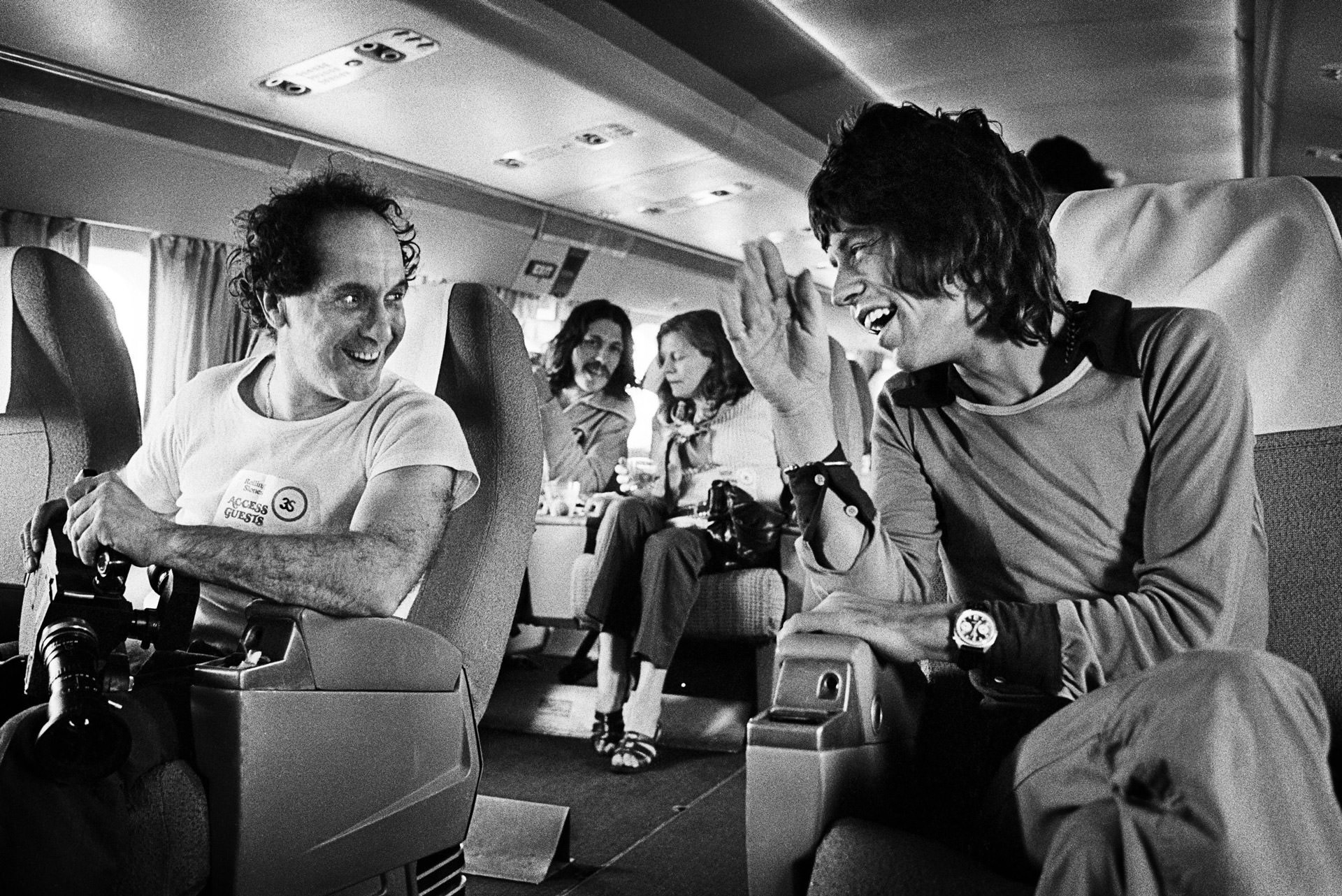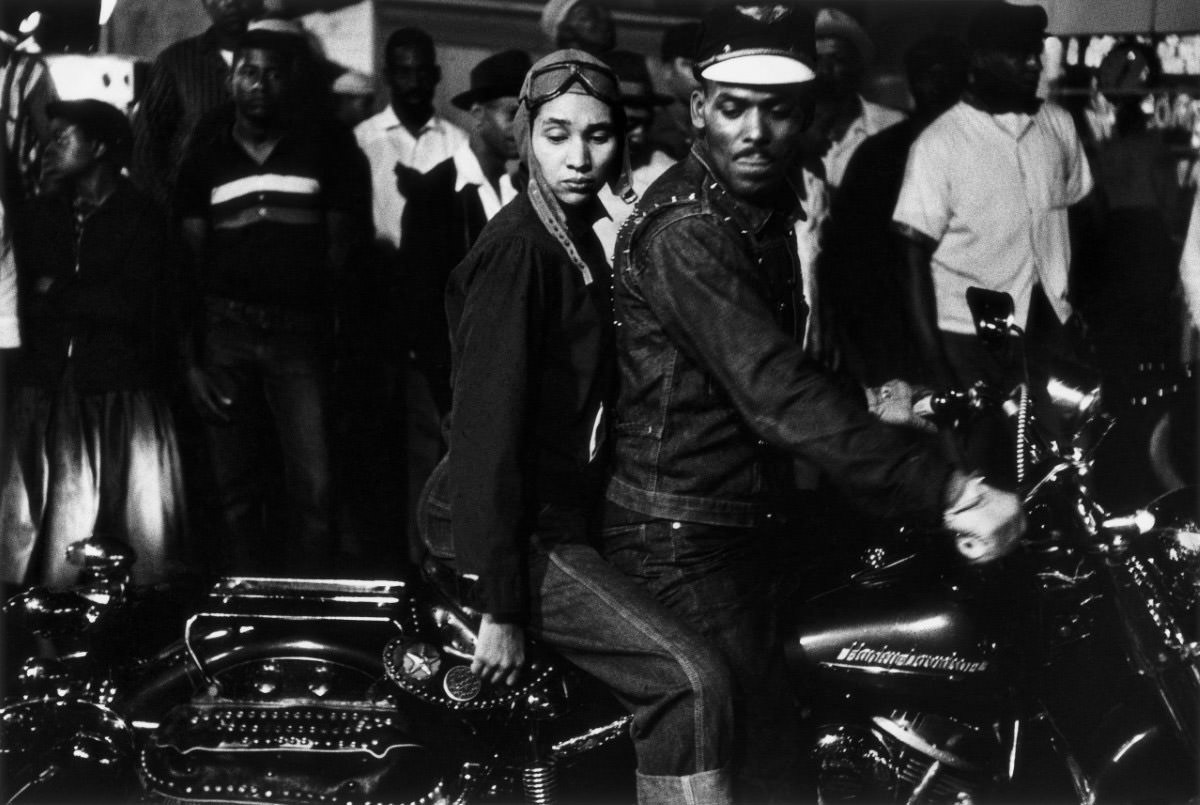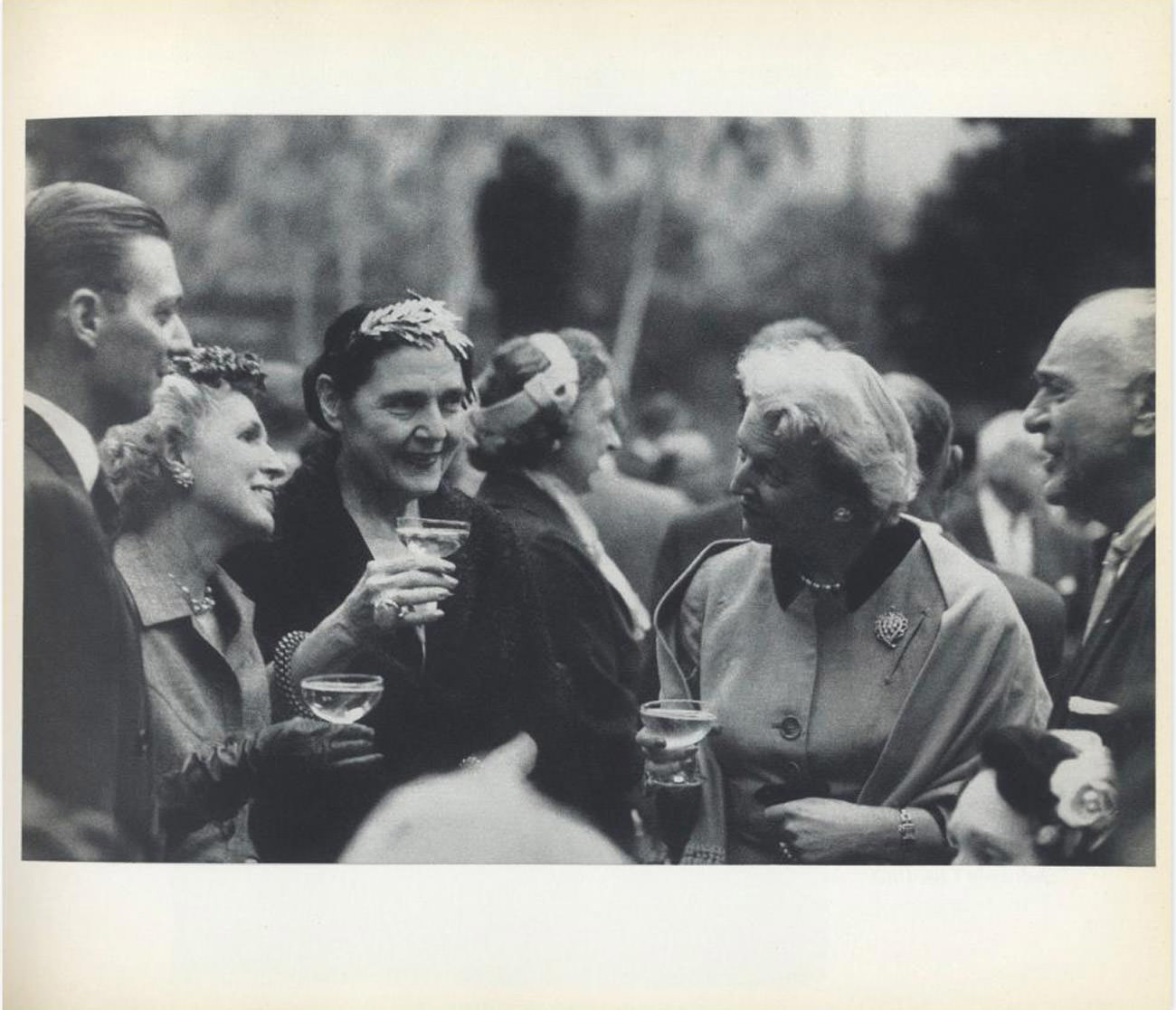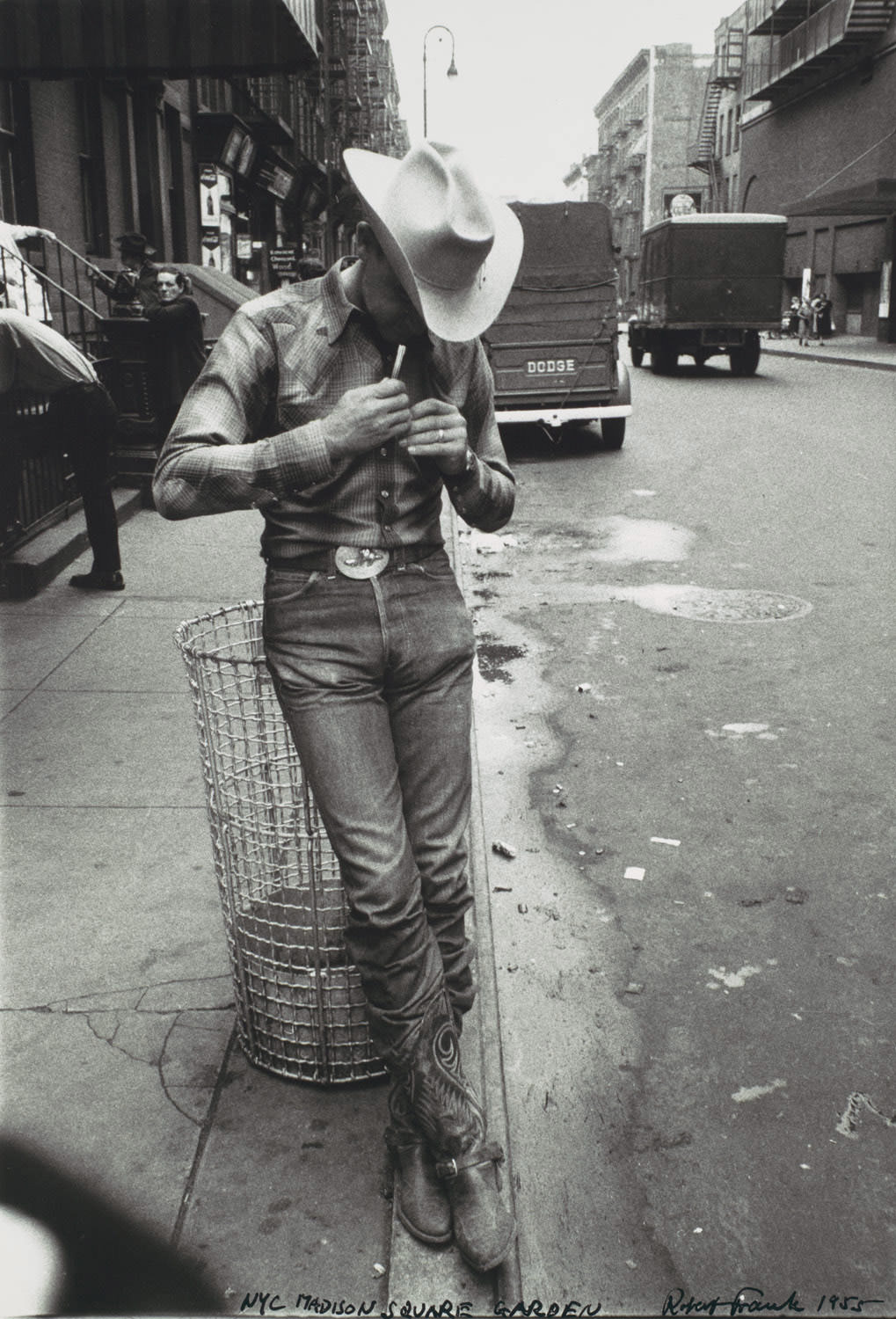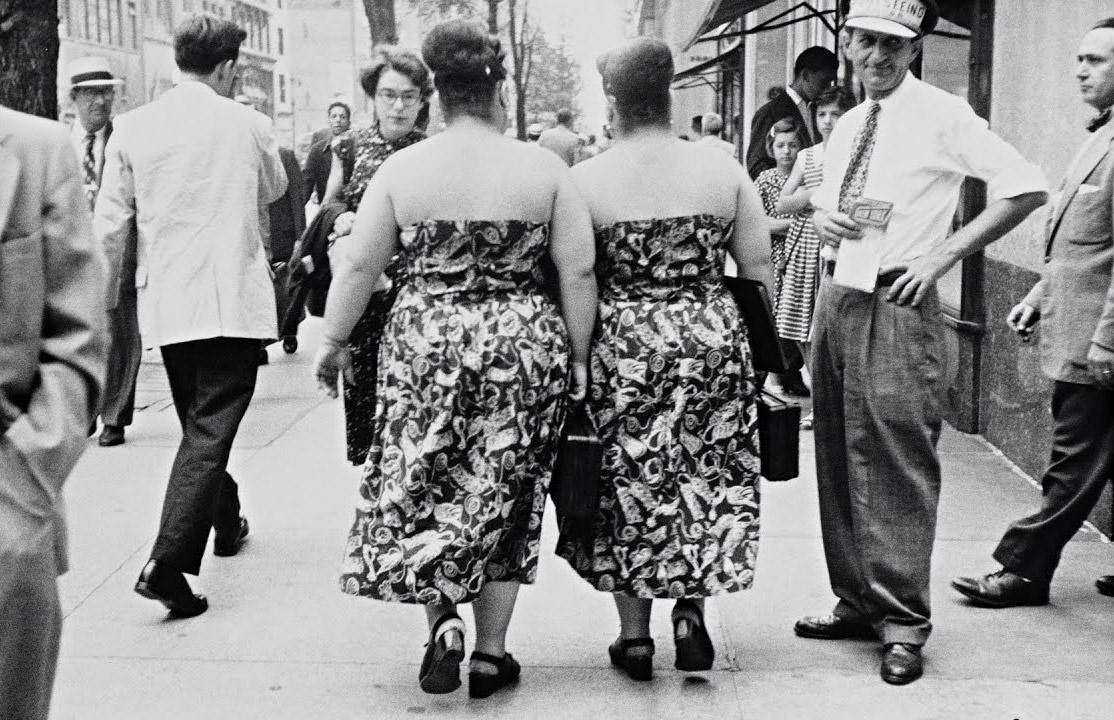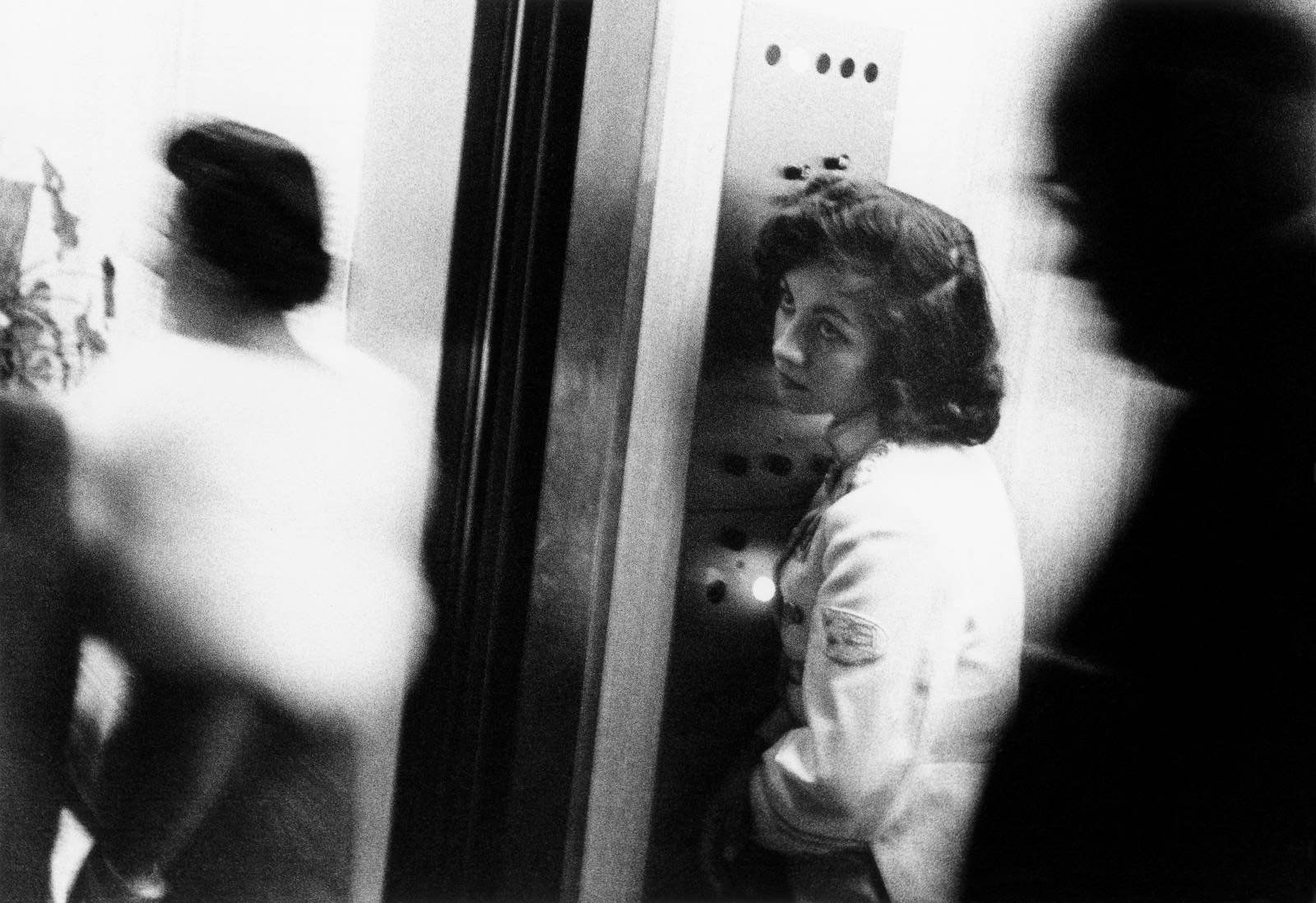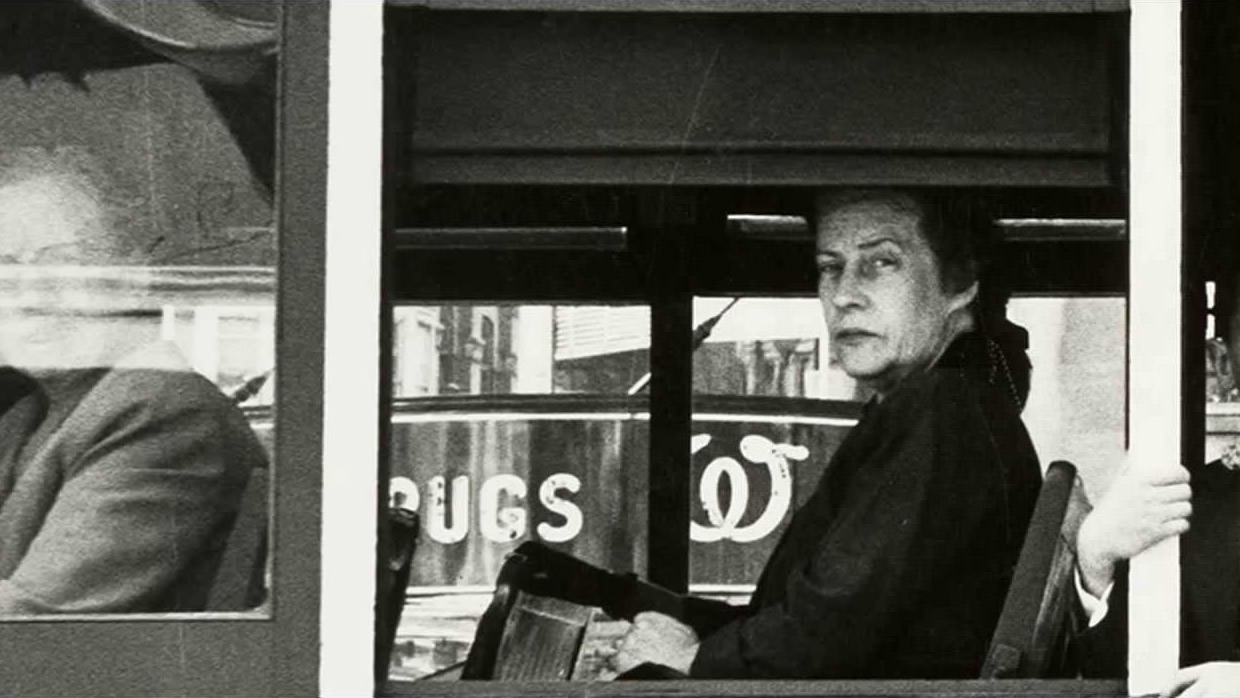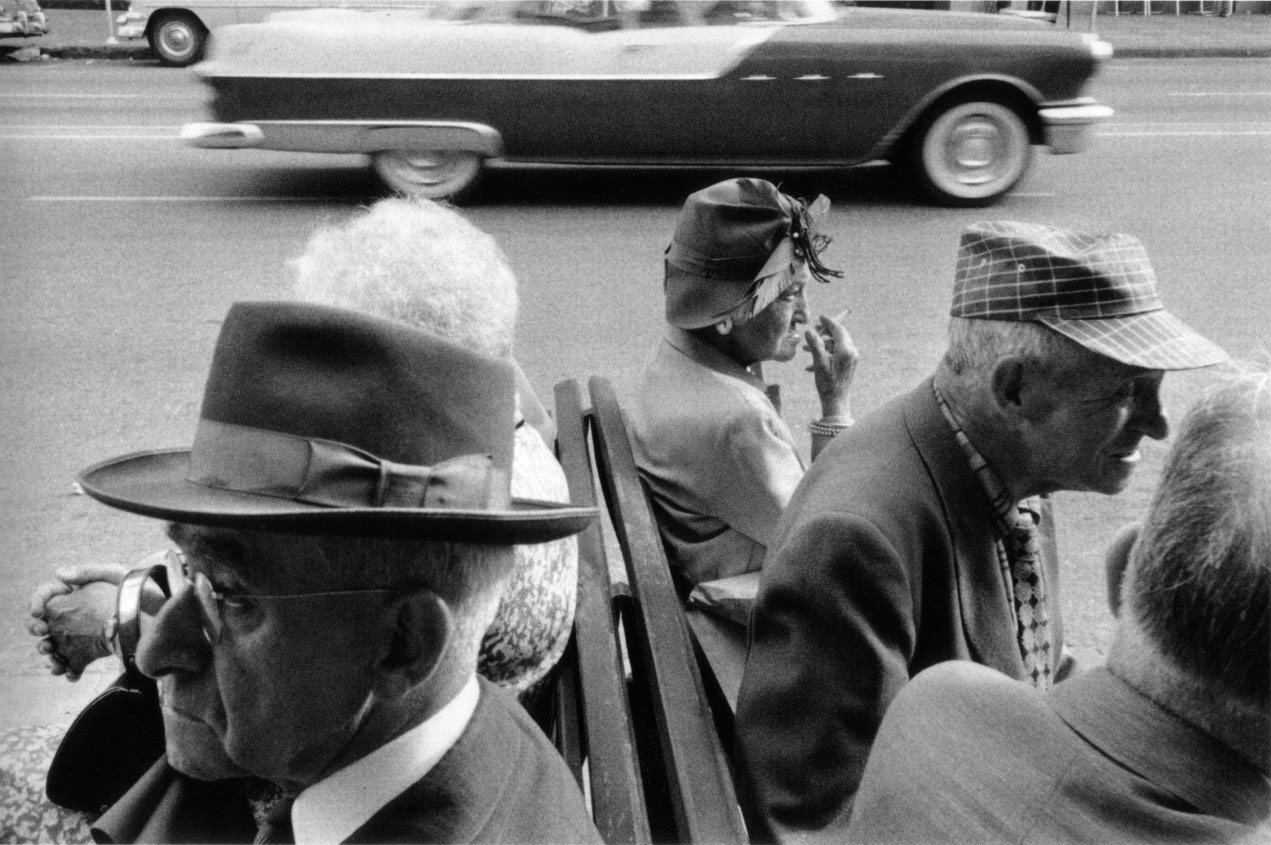Legendary Documentary Photographer Robert Frank Passed Away
We lost Robert Frank, a revolutionary photographer and filmmaker who changed the course of documentary photography with the publication of his seminal work The Americans, a masterwork of black and white photographs drawn from his cross-country road trips in the mid-1950s and published in 1959.
He died last Monday in Inverness, Nova Scotia. He was 94. With work The Americans, Frank changed the course of documentary photography, pioneering a raw, candid, and honest style that remains popular to this day.
Robert Frank had a visually raw and personally expressive style that made him one of the most influential photographers of the 20th century.
Born in Switzerland, Mr. Frank emigrated to New York at the age of 23 as an artistic refugee from what he considered to be the small-minded values of his native country.
“The Americans” challenged the presiding midcentury formula for photojournalism, defined by sharp, well-lighted, classically composed pictures, whether of the battlefront, the homespun American heartland or movie stars at leisure. Mr. Frank’s photographs — of lone individuals, teenage couples, groups at funerals and odd spoors of cultural life — were cinematic, immediate, off-kilter and grainy, like early television transmissions of the period. They would secure his place in photography’s pantheon. The cultural critic Janet Malcolm called him the “Manet of the new photography.”
Robert Frank had come to detest the American drive for conformity, and the book was thought to be an indictment of American society, stripping away the picture-perfect vision of the country and its veneer of breezy optimism put forward in magazines and movies and on television. Yet at the core of his social criticism was a romantic idea about finding and honoring what was true and good about the United States. He turned his camera on moments and subjects that had been largely ignored by the posed photojournalistic style of the time; as a result, he became known as the father “the snapshot aesthetic”. (Philip Gefter, NYT)
(Robert Frank Interview for San Francisco Museum)
Biography
Robert Frank, (born November 9, 1924, Zürich, Switzerland — died September 9, 2019, Inverness, Nova Scotia, Canada), Swiss American photographer and director who was one of the most influential photographers of the mid-20th century, noted for his ironic renderings of American life. Frank became a professional industrial photographer at the age of 22 and in the 1940s became a successful fashion photographer for Harper’s Bazaar magazine in Paris. He felt, however, that the scope of the work was too limited. He abandoned fashion photography about 1948 and went to the United States and then to Peru to explore the expressive possibilities of the 35mm camera.
After photographing in Europe in 1950 and 1953, Frank returned to the United States. Between 1955 and 1956 he drove across the country, taking several photographs. Of those, 83 were ultimately published as The Americans (1959), a photographic book with an introduction by the American novelist Jack Kerouac; a French-language version, Les Américains, had first appeared in 1958. Photographs such as Chicago, 1956 in The Americans revealed Frank’s mature style, which was characterized by bold composition and ironic, sometimes bitter, social commentary. Their publication established Frank as a major creative photographer, and the book was widely hailed as a classic. After 1959 Frank turned primarily to filmmaking. His first directorial effort, the short film Pull My Daisy (1959), was based on a play by Kerouac and featured the poets Allen Ginsberg, Gregory Corso, and Peter Orlovsky, as well as the painter Larry Rivers. Pull My Daisy was a critical success, but Frank’s later films, a number of which were also shorts, were not so well received. Perhaps most notable of his subsequent works was the documentary Cocksucker Blues (1972), about the Rolling Stones’ 1972 American tour.
While continuing to make films, Frank returned to photography in the 1970s. In the ensuing decades, he published a number of books, and in 1994 the National Gallery of Art in Washington, D.C., staged a definitive retrospective of his career. His life was chronicled in the documentaries Leaving Home, Coming Home: A Portrait of Robert Frank (2004) and Don’t Blink—Robert Frank (2015).
(via Encyclopaedia Britannica https://www.britannica.com/)

